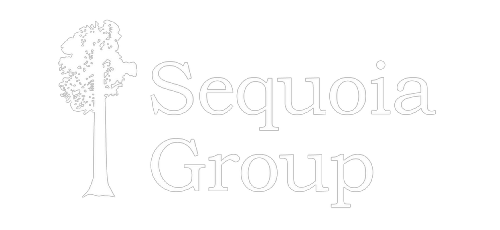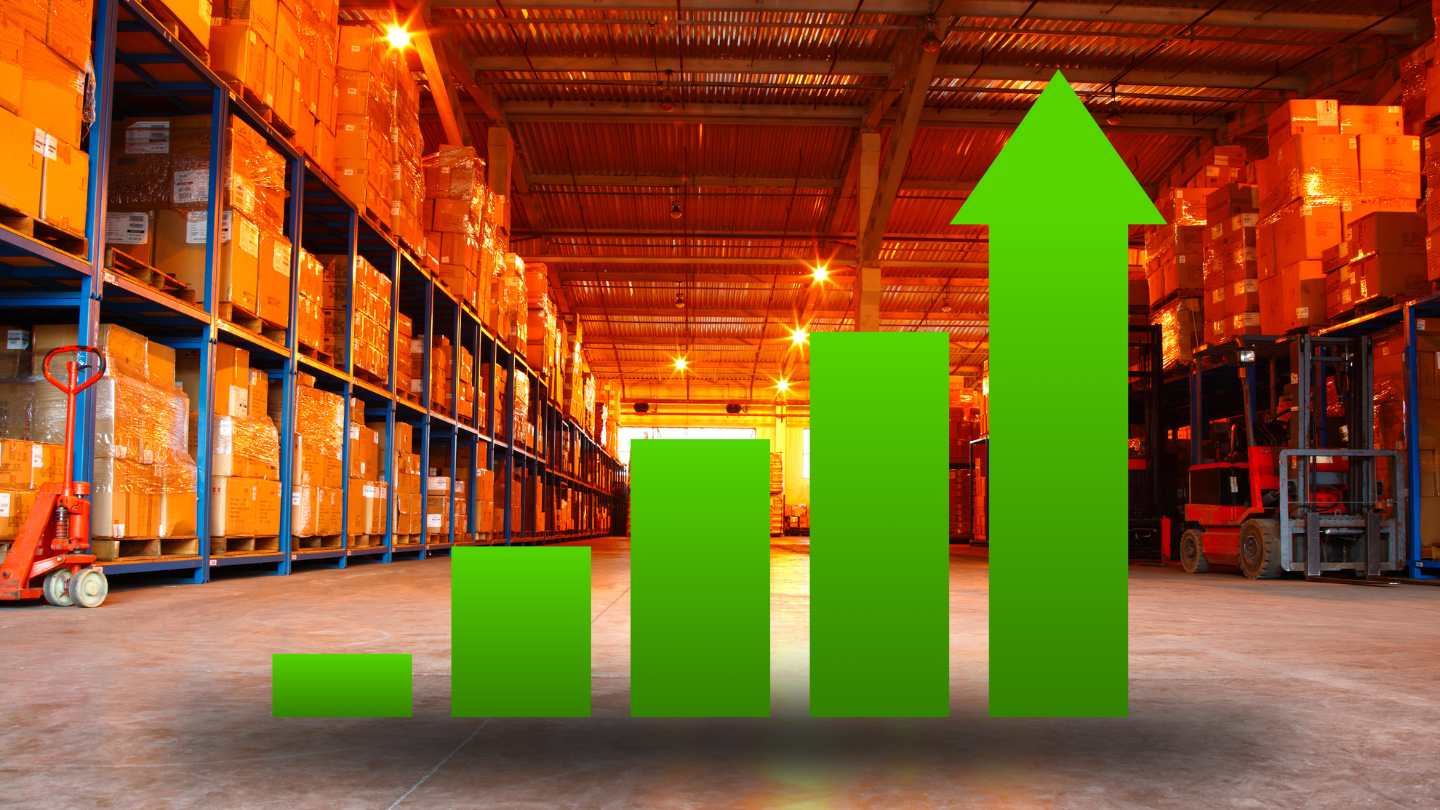Tobacco businesses have hundreds of systems on the process map, but ones that are using legacy systems can find that up to 80% of those systems aren\’t integrated and can\’t communicate with each other. Why does that matter? Well, consider the common situation in which your business databases hold all your customer information and your product data resides in your ERP system. If those two data silos can\’t talk to each other, the fundamental act of fulfilling a customer order becomes an extra process requiring added, and otherwise unnecessary, steps.
This can be especially challenging in the tobacco industry, where excise taxes and tax handling can be a major regulatory roadblock; one where one miscommunication can prove to be an existential threat to the entire enterprise.
ERP at the Core of Modern Business
ERP is the core of most business processing and acts as the focal hub for data processing and transactional operations across sectors. If a tobacco business, or any business even, is still working through a web of multilayered but non-integrated data holdings where you store key data on finance, business performance, human resources capital, and customer and supplier relationship, then there is an enormous opportunity cost leveled across the entire organization in a myriad of ways. Upgrading the system, even if that means a wholesale migration to a new digital platform or cloud service provider, means improved tracking, reporting, and productivity from warehouses to in-store interfaces.
Cloud-Based ERP and CRM Systems
Tobacco companies that remain competitive now assign at least some aspects of their enterprise IT infrastructure, software applications, and development environments to the cloud. IaaS, SaaS, and PaaS (infrastructure as a service, software as a service, and platform as a service) are almost universally seen as the optimal solutions to driving differentiated enterprise process experiences. The key system of engagement at operational levels is often a cloud-based CRM (customer relationship management) system.
Enabling Employees to Work More Effectively
Companies in a market with as many regulatory challenges as tobacco need employees to act responsively within an integrated data environment. This allows them instant access to all the information they need via as few systems as possible and from a single device. Access to accurate, real-time data is vital to making important business decisions in a timely and efficient fashion. In a sector where a single point of contact is an important part of the customer experience, this is vital.
Legacy systems are often less secure, slower, don\’t update in real-time, and are difficult to access, especially in away-from-the-office situations. If you have to refer your customers to multiple departments or delay your provision, you may lose them altogether. If you haven\’t already done so, now is the time to integrate your systems.
The Value of Integrated Systems
An integrated ERP and CRM dynamic gives you a unified overview of customers, leads, business partners, and employees. With enhanced automation, integration allows you to streamline business processes and focus on delivering the highest-quality customer experience. It also pulls together multiple data streams for more in-depth and intelligent analytics. And above all, as there\’s no longer a need to move between multiple platforms, it gives both customers and employees an easier, more efficient user experience which improves business outcomes for everyone concerned.
The prospect of re-visioning, migrating, and integrating legacy systems may seem daunting. But there are compelling reasons to do so, not least that the future of business is in the cloud. Take your enterprise IT into the future now, or you risk being left behind.



